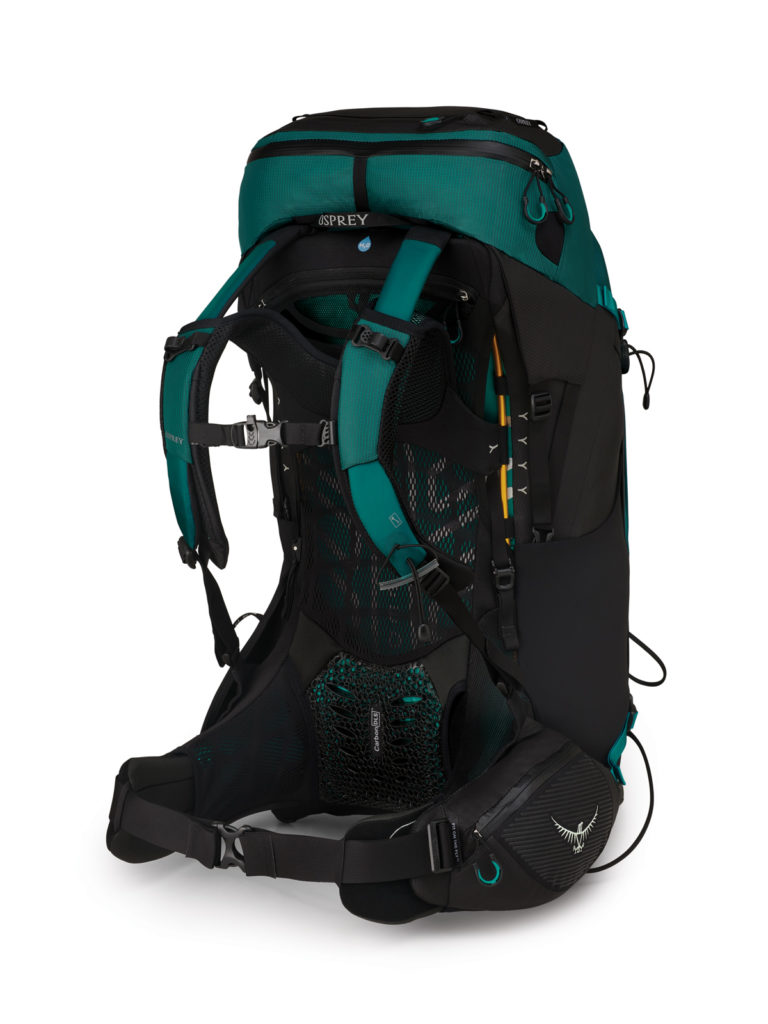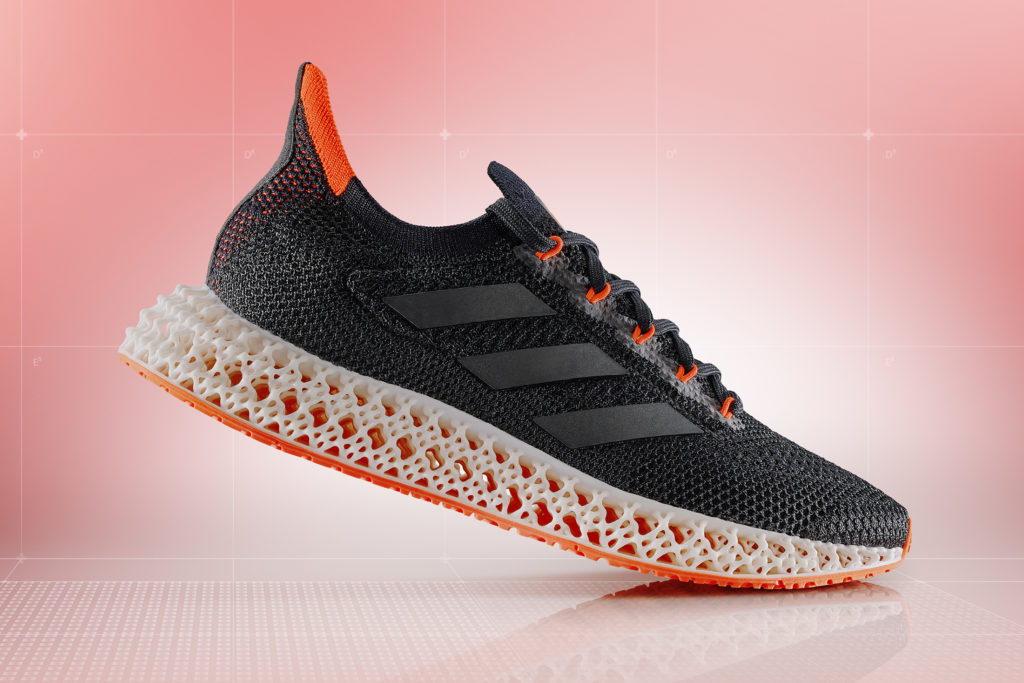Amid the continued recession, 3D printing companies are continuing a trend of layoffs. In addition to the likes of Desktop Metal, Fast Radius, and Nexa3D, Xerox has essentially eliminated its Elem Additive business, maintaining it only to support current installations of the firm’s liquid metal 3D printer. The latest firm to reduce its staff is Carbon, makers of digital light synthesis (DLS) 3D printers.
Beginning at least 10 days ago, Carbon employees were notified of a worldwide reduction in workforce. A number of experienced individuals turned to LinkedIn to post their unemployment. This included a senior account manager, channel sales director, and senior sales development representative, among others.
The Rise of a 3D Printing Unicorn
When it came out of stealth in 2015, Carbon instantly became a sensation as the first company to commercialize continuous digital light processing (DLP) technology. While the speed was what impressed media most, it was also the ability to create end-use parts through a specialty chemical formula combined with heat treatment.
This combination of high throughput and engineering-quality materials led to a series of large investments and deals with such companies as adidas, which has since used DLS to produce the midsoles for many series of shoes.

An image that made Carbon famous for its “Terminator 2-like” 3D printing technology. Image courtesy of Carbon.
Momentum may have slowed both as the scale up did not proceed at the expected pace and due to competitors entering the fray. These included 3D Systems, EnvisionTEC, NEXA, and more. Nevertheless, the company continued to raise funds and its valuation so that, by its Series E round in 2019, it had earned double-unicorn status and, by December 2021, it had taken in $683.4 million in investments. Throughout that time, commentators wondered at what point the firm might go public.
Carbon’s Situation
Because Carbon has not gone public, it is difficult to gauge the company’s financial situation unless employees are able to provide any information. When reached for comment, workers that were a part of the lay-offs declined to offer any comment. This contrasts with some other AM firms that engaged in similar restructuring where employees were willing to discuss the internal operations of their former employers anonymously. 3DPrint.com has reached out to Carbon for a comment and will publish one when it is provided.
We do know that Carbon has landed important customers like adidas and Osprey. It would be difficult to imagine such large manufacturers simply shifting to another 3D printing system to produce its goods. In particular, adidas is making significant progress with the 3D printing of midsoles, both as a marketing and manufacturing technique. Though the adidas Speedfactory may not have fully taken off, the athletics manufacturer has 3D printed over 100,000 midsoles using Carbon technology. The fact that its former spokesperson, Ye, is also 3D printing shoes suggests that adidas will likely stick with the technology, as well.

Osprey’s UNLTD backpack with lumbar support 3D printed using Carbon technology. Image courtesy of Osprey.
As recently as August 2022, Carbon still had the cash to purchase 3D printing software firm ParaMatters. Its heavy emphasis on software in recent years indicates that Carbon may see important automation benefits from software that may be less expensive and more easily achieved than new hardware developments.
However, it also shifted executives twice in the past two years, with founder Joseph DeSimone first replaced by former DuPont CEO Ellen Kullman. Kullman then stepped aside in May 2022 to become Chair of the Board of Directors. In turn, former Chief Product and Business Development Officer Phil DeSimone and former Chief Technology Officer Craig Carlson became co-CEOs. It’s possible that Kullman was more interested in the materials side of the business, given her ties to DuPont, and took leave when the emphasis on software became clear.
3DPrint.com Macro Analyst Matt Kremenetsky provided his thoughts on the lay-offs, saying, “There are always two generic interpretations to start with, in trying to gauge the significance of a company’s announcement of layoffs. Either the layoffs are a sign that the company is struggling financially, or they’re a preemptive measure that the company is taking in hopes of avoiding financial struggle in the future. In reality, of course, layoffs are probably a combination of the two in most cases: a firm starts to struggle with fiscal management, and it prevents the worsening of that problem by cutting costs, which unfortunately usually ends up having its most detrimental impact on staff. In the current macroeconomic environment, companies in most every sector are likely in that boat, and 3D printing companies are probably disproportionately affected, given that the sector is still in takeoff mode.”
He added, “With all that in mind, Carbon’s layoffs — and the layoffs by other similar companies — are likely aimed at proving to the financial community that leadership is committed to staying lean, ahead of a potential upsurge in capital investments, should the Federal Reserve start to taper interest rate hikes sooner than expected. In that sense, rather than a sign of financial distress, the takeaway here could instead be that it is relatively impressive that Carbon made it this far into 2022 before announcing layoffs.”
Meanwhile, there is a slew of new photopolymer 3D printing technologies entering the market, such as those from, Desktop Metal, Inkbit, and Azul3D, that may offer benefits that Carbon has yet to introduce. Whether it can keep up with the competition is difficult to say at this point.
Re-entering the Job Market
Recognizing that the present economic situation has driven so many layoffs across the industry, AM recruiter Alexander Daniels Global (ADG) has published “Candidate Guide: Preparing to Re-enter the Job Market,” a resource that discusses such topics as prepping one’s resume, understanding salaries, leveraging social media, and other key details.
The world is changing at a mind-bending pace, so the standard practices for job seekers may be different than they were even just a few years ago. At the same time, the AM sector is evolving quickly as well, meaning that candidates may not have considered all of the changes that have taken place. Because ADG has job placement as its sole task and the employment market as its only consideration, the group is an excellent source of information for next steps.
If anyone has information about this company or any others, feel free to contact the author at michael@3dprint.com.
Subscribe to Our Email Newsletter
Stay up-to-date on all the latest news from the 3D printing industry and receive information and offers from third party vendors.
Print Services
Upload your 3D Models and get them printed quickly and efficiently.
You May Also Like
Making Space: Stratasys Global Director of Aerospace & Defense Conrad Smith Discusses the Space Supply Chain Council
Of all the many verticals that have been significant additive manufacturing (AM) adopters, few have been more deeply influenced by the incorporation of AM into their workflows than the space...
EOS in India: AM’s Rising Star
EOS is doubling down on India. With a growing base of aerospace startups, new government policies, and a massive engineering workforce, India is quickly becoming one of the most important...
PostProcess CEO on Why the “Dirty Little Secret” of 3D Printing Can’t Be Ignored Anymore
If you’ve ever peeked behind the scenes of a 3D printing lab, you might have caught a glimpse of the post-processing room; maybe it’s messy, maybe hidden behind a mysterious...
Stratasys & Automation Intelligence Open North American Tooling Center in Flint
Stratasys has opened the North American Stratasys Tooling Center (NASTC) in Flint, Michigan, together with automation integrator and software firm Automation Intelligence. Stratasys wants the new center to help reduce...



































